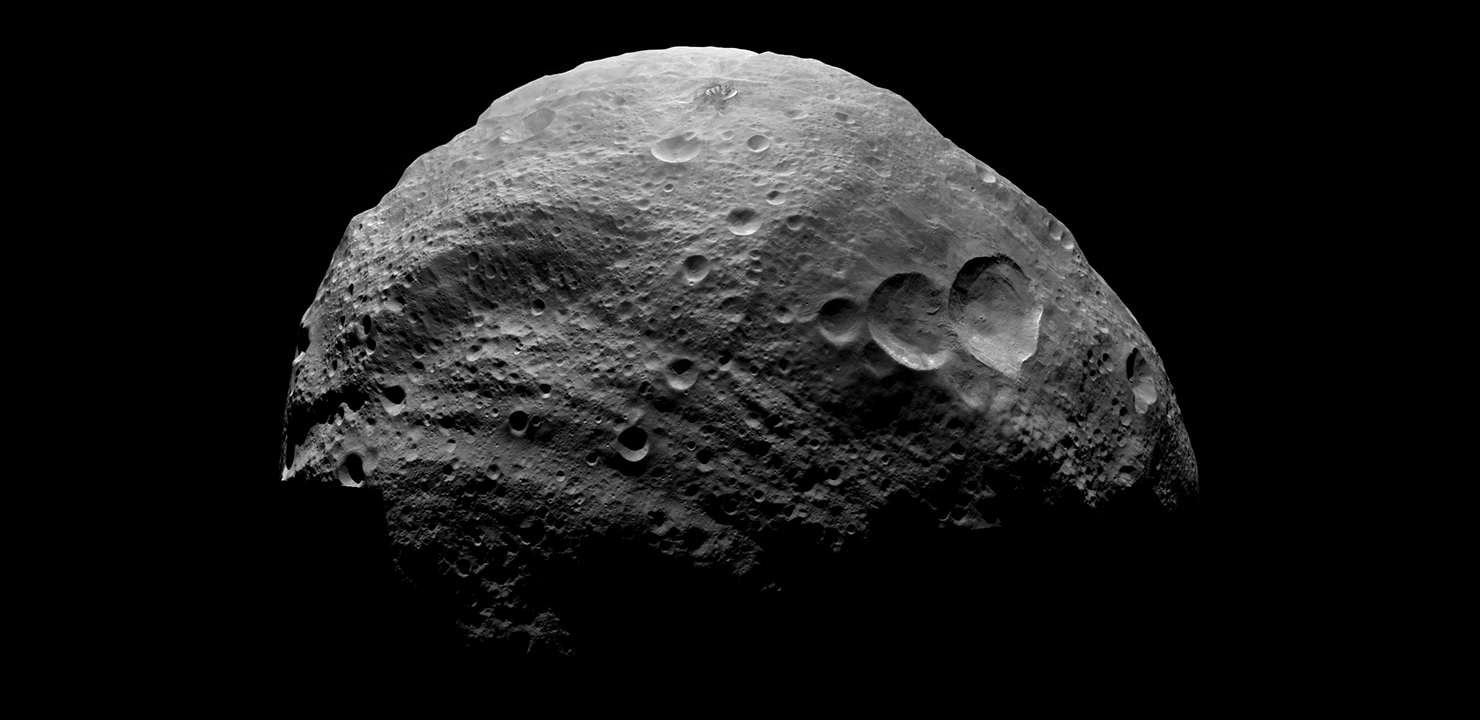
Vesta: A Look Back
March 2021 :
When the Titius-Bode “mathematical concept”(a way to determine the distance to the planets from the Sun) came into prominence in the late 1700s, it was realized that it accounted for a planet to be situated between Mars and Jupiter. This came to fruition on January 1st, 1801, when Giuseppe Piazzi found it, and it was eventually named Ceres. But, then a funny thing happened in 1802: On March 28th of that year, Heinrich Olbers found another planet there, named Pallas. And, in 1804, yet another body was found in this neighboring region: Juno, on September 1st, 1804, by Karl Harding. Finally, on March 29th 1807, Heinrich Olbers located yet another body, name Vesta, once again, within the same area.
That ended the discoveries of objects until 1845,when amateur astronomer Karl Ludwig Hencke located Astrea (he also discovered Hebe two years later). By then, it was understood that there wasn’t a single planet between Mars and Jupiter – there were many more, and, in fact, many more kept being found. It’s not actually known when all these objects stopped being called planets, but it is believed that Charles Burney, Jr., as early as 1802, proposed the term asteroid to astronomer William Herschel at a meeting of the Royal Society. Although these are all solid bodies, they were named because of their rather bright, “starlike” appearance, as “asteroid’ translates to “starlike.”
Of the now hundreds of thousands of asteroids (sometimes also called planetoids or minor planets), there is only one that occasionally is bright enough to be seen with the naked eye, although not in a city. Like the planet Uranus, 4 Vesta can brighten to a mid 5th magnitude at times. It is also the second most massive body in the asteroid belt region (after Ceres), although it is only a quarter as massive as Ceres.
We’re very fortunate in that NASA’s Dawn mission visited both Ceres and Vesta. Beginning with Vesta in 2011 – how many of us recall the “Vesta Fiesta” in honor of the amazing images that were returned to Earth, showing it as a white, rocky body. To learn more about Dawn’s mission, and the results of its tours of the two largest asteroids in the neighborhood, try dawn.jpl.nasa.gov or any site that highlights the unbelievable work done by this incredible craft.
We’re mentioning Vesta because, elsewhere in this newsletter, Jim Hendrickson will be informing you that Vesta is in a great, and fairly easy-to-locate, area of the sky for the next several months. Right now, it is skirting the constellation Leo, the Lion. But, let Jim zero in on the location for you.
Mosaic of the asteroid Vesta from the Dawn spacecraft. Images 0006121, 0006122, 0006123, 0006124 taken by the Framing Camera on August 23, 2011 from an altitude of 2747 kilometers and with a resolution of about 250 meters per pixel. NASA / JPL / MPS / DLR / IDA / Daniel Macháček



